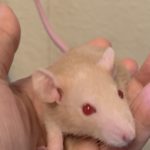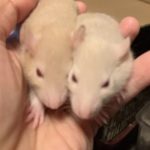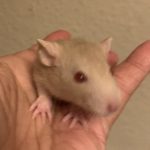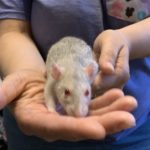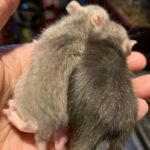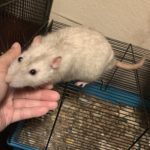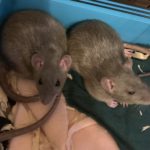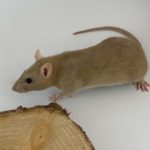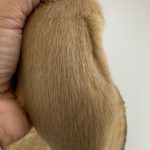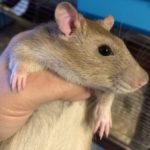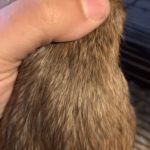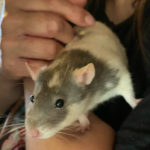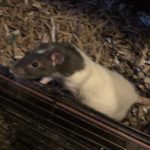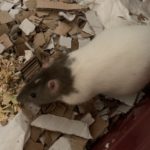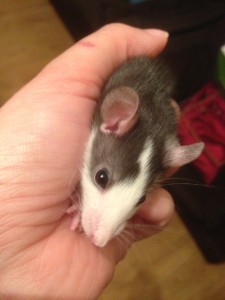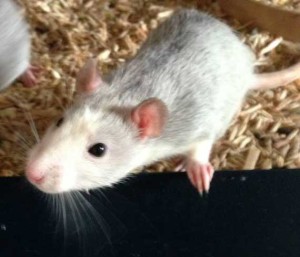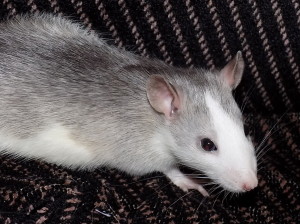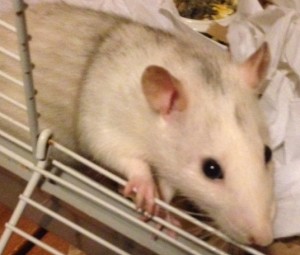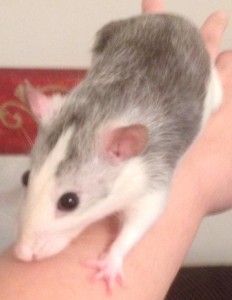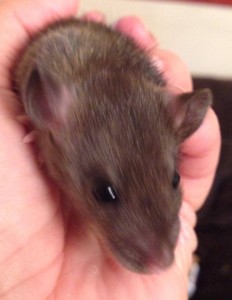The main varieties I breed for currently are
Silver fawn in top ear and dumbo. Marked with focus on Roan in black and agouti, in top ear and Dumbo. Current project is Chestnuts.
Find out more about lines here
Some other Varieties that have popped up in my lines Black and Agouti in Roan, Hooded, and Berkshire.
Silver Fawn
- Silver Fawn
- Silver Fawn and Champagne
- Silver Fawn
- Pink eyed Silver Agouti
The main thing about roan is that they start off a solid colour then fade and quite often can go pure white later in life.
Why I choose to breed roans.
http://nfrs.org say the following about roans.
The rats I breed are Roans these rats fade in colour so if you get an Siamese roan from me it could end up looking like an pink eyed white. Some roans can fade fast some very slow as an breeder I try and breed so the rats keep the colour as long as possible.
Roans
A strikingly marked bi-colour variety, with roan colouration, symmetry and contrast being important impressions. Clearly distinct from existing marked varieties. Roans are born solid coloured, but from the age of about 4-6 weeks they start to exhibit roaning.
This is a steady increase in the amount of white hairs intermingled with the solid colour, starting with the face, sides and tail root on the juvenile, then working its way up to the nape of the neck with the moult. With each moult the rat becomes progressively lighter, the final effect not really complete until the rat is well into adulthood. The roan effect is most pronounced on the face, around the rump and the sides.
Gallifrey Logan (Black Roan Top Ear)
26 days old and at 3 months old
Gallifrey Leela (Agouti Roan)
8 weeks and 7 months
Gallifrey Martha (Black Striped Roan) at 5 months Gallifrey The 3rd Doctor aka Wurzal at 7 months
Gallifrey Little red corvette aka Honey (Agouti) at 5 weeks old Gallifrey The Wanderer aka Wanda (Agouti) at 6 months
Gallifrey Caesar and Pharaoh (Black) at 4 weeks
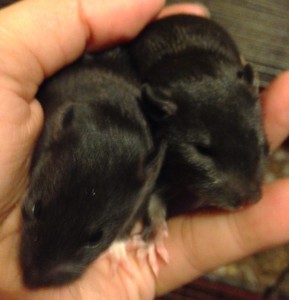
I am likely to also get Berkshire
About Berkshires
To be symmetrically marked, with as much white on the chest and belly as possible. The white shall not extend up the sides of the body, the edges shall be clear cut and devoid of brindling. Back feet to be white to the ankle, forelegs to be white to half the leg. Tail to be white to half its length. The body colour shall conform to the recognised colour variety. The white area shall be pure and devoid of any colour or staining. A white spot on the forehead is desirable. Suspenders to be allowed providing they are symmetrical.
